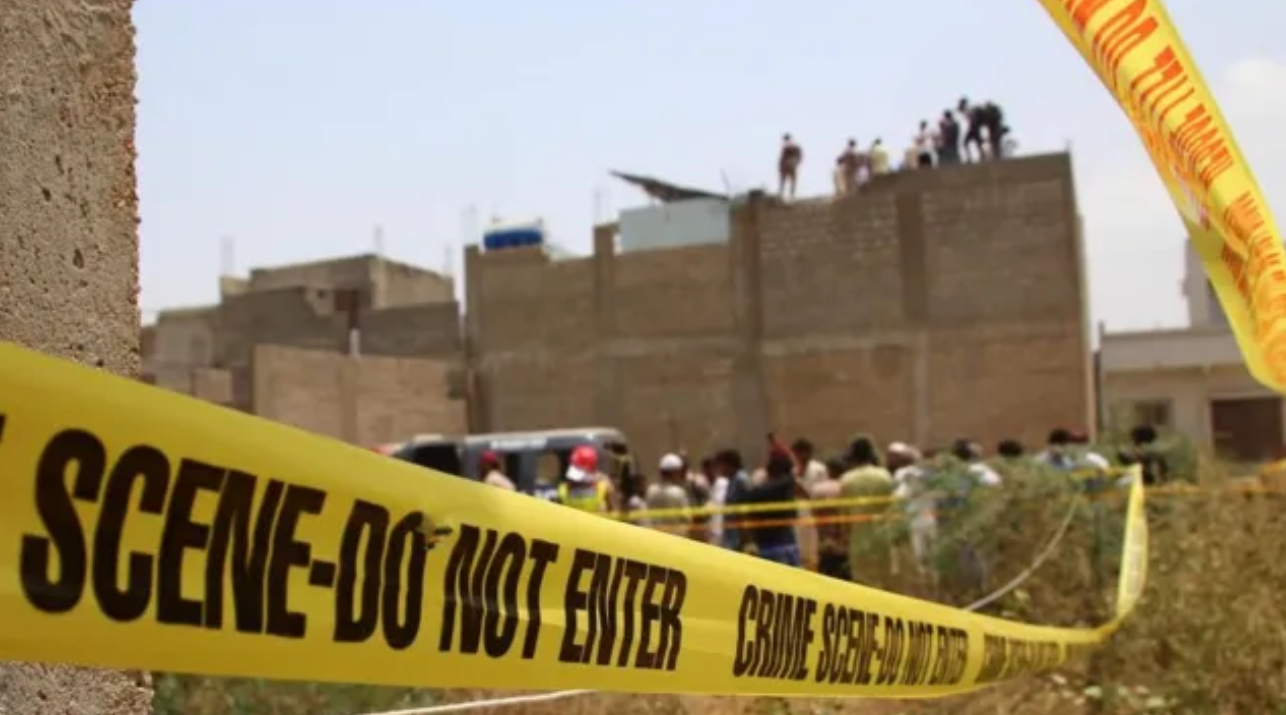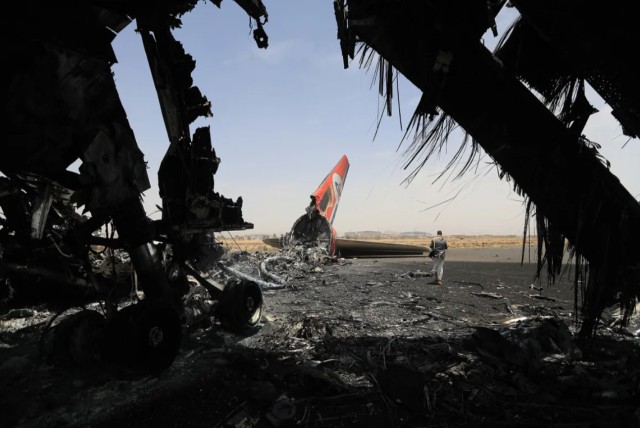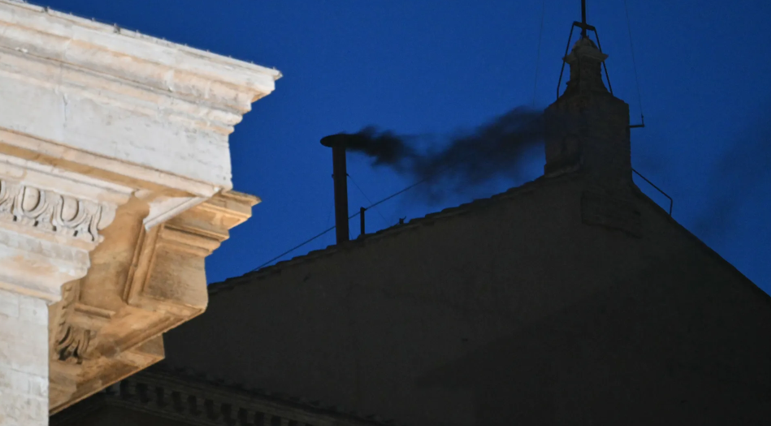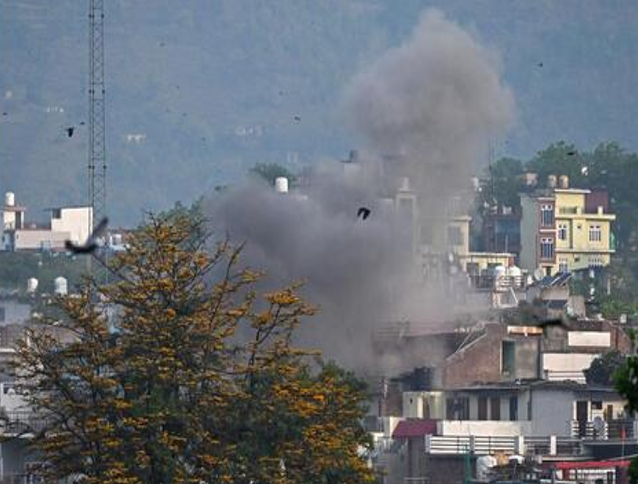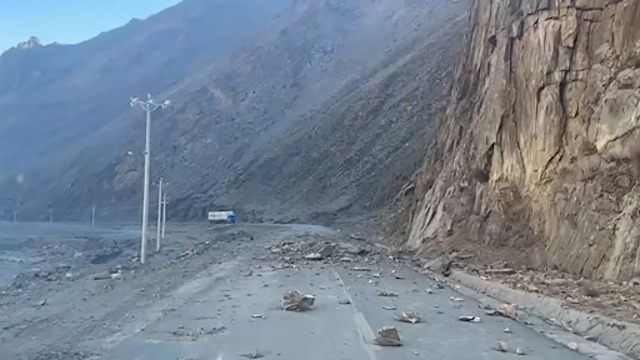
A strong earthquake hit a remote area of Tibet early Tuesday morning. CNN
A powerful earthquake measuring 7.1 on the Richter scale struck the northern Himalayas on Tuesday morning, leaving at least nine people dead and causing widespread panic. The quake, which occurred at 9:05 a.m. local time, was centered in Tingri, a rural area known as the northern gateway to the Everest region, at a shallow depth of 10 kilometers.
The tremor, strong enough to collapse buildings and cause extensive damage, was felt across a vast region, including Nepal, Bhutan, and northern India. The affected area, home to around 800,000 people, is part of Shigatse, a significant cultural and religious center in Tibet.
Villages in Tingri reported severe shaking, with numerous aftershocks following the initial quake. In nearby Lhatse, footage shared on social media revealed crumbled shopfronts, debris scattered across roads, and signs of significant damage to infrastructure. The authenticity of these images was confirmed through satellite and street view comparisons.
China’s state broadcaster reported that nine people had died in Tibet. Local authorities have been working tirelessly to assess the situation, coordinate rescue efforts, and provide assistance to those affected.
The earthquake's impact reached as far as Kathmandu, Nepal’s capital, located approximately 400 kilometers from the epicenter. Residents fled their homes in fear as buildings swayed. Fortunately, no immediate injuries or structural damages were reported in Nepal, according to local officials.
Rubble scattered across the ground after a strong earthquake shook a remote part of Tibet on Tuesday morning. CNN
Anoj Raj Ghimire, chief district officer of Solukhumbu near Mount Everest, stated, “We felt a very strong earthquake. So far, we have not received any report of injuries or physical loss.” Teams of police, security forces, and locals have been deployed to gather more information about the situation.
In Bhutan’s capital, Thimphu, and in northern India’s Bihar state, residents also reported feeling the quake. However, officials in India confirmed that no damage or casualties had been reported.
Southwestern China, Nepal, and northern India lie on the boundary of the Indian and Eurasian tectonic plates, making them highly prone to earthquakes. This latest quake serves as a grim reminder of past disasters in the region.
In 2008, China’s Sichuan province experienced a catastrophic earthquake that claimed nearly 70,000 lives. Seven years later, in 2015, a magnitude 7.8 quake devastated Nepal, killing around 9,000 people and leaving thousands more injured.
The current earthquake has once again highlighted the need for preparedness and robust response mechanisms in this seismically active region. As rescue operations continue, authorities are focusing on ensuring safety and providing relief to those affected.




